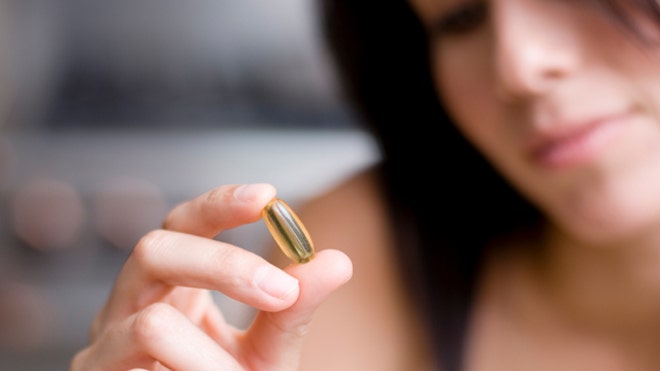
A group of students from IIT Kharagpur has won the sixth edition of ‘GE Edison Challenge’ for their solution that proposed a hardware software co-designed mobile phone app for fast and accurate diagnosis of skin cancers and related abnormalities, enabling high-precision point-of-care healthcare delivery in resource constrained base of pyramid and rural populations.
As a part of the GE Edison Challenge 2013, which was held at the GE India Technology Centre here, students were required to create “an idea for India and the world” in the field of affordable and accessible healthcare.
The winning team — Team SinCLAIR from IIT Kharagpur that consisted of Debdoot Sheet (team leader), Kausik Basak, Sri Phani Krishna Karri and Tamoghna Ojha — was awarded an incubation prize of Rs 10 lakh.
Sukla Chandra, general manager, GE Global Research Bangalore and director, Patents and Analytics Centre of Excellence, said, “The GE Edison Challenge is a unique initiative to nurture the Edisons of tomorrow. The contest aims to promote the culture of innovation among the science and engineering students of India. It is an opportunity for them to showcase their ideas for a better future. This year’s Challenge was to present solutions for the healthcare industry and I am impressed with the balance of innovative technology and business strategy demonstrated by the teams.”
Team OM from IIT (BHU) Varanasi, which included Sritam Parashar Rout (team leader), Himanshu Gangwar and Aditya Garg, was chosen as the runner-up and won an incubation prize of Rs 5 lakh for their proposed solution that consists of a non-invasive and highly portable method of malignant tumour detection.“This year’s GE Edison Challenge was based on affordable healthcare which is one of most pressing issues in developing countries like India. We challenged teams to address problems in the healthcare system such as lack of access to quality care or affordability of quality care. Teams had to come up with solutions targeting care areas of Maternal and Child Health, Oncology or Cardiology or focus on expanding care access via mobile platform. I was glad to see that all the teams kept the cost parameters and their customers in mind while working on the solutions,” Vikram Damodaran, director, Healthcare Innovation India, GE Healthcare, said.
A panel of internal and external experts evaluated the entries based on technical and commercial feasibility as well as originality of the solution. The presentation abilities of the finalists were also tested to see if they could deliver their message clearly, bring clarity of data and solutions and showcase creativity and imagination in the tools used for presentation.
According to GE India, the GE Edison Challenge is a unique science and engineering competition that challenges the imagination and technical expertise of tomorrow’s inventors.
GE launched this annual contest in 2008 with the aim of finding the best scientific and engineering talent in the country.
The Challenge epitomizes imaginative thinking, analytical skill, technical expertise and entrepreneurial spirit. The competition provides an opportunity for the best and brightest students of India’s finest technical institutions to provide solutions to some of the country’s most pressing issues, a statement by the company said.
Source: India Medical Times









